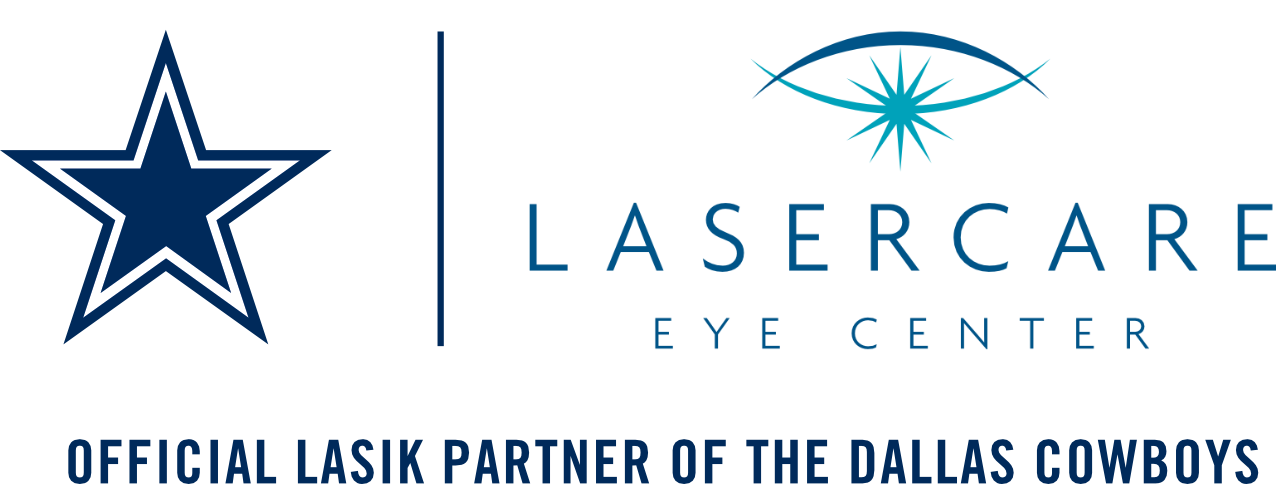Refractive Cataract Surgery Dallas
What is Refractive Cataract Surgery?
Refractive Cataract Surgery is an approach to Cataract surgery that aims to provide LASIK-like results with Cataract surgery. Its goal is to minimize the need for glasses after cataract surgery.
In standard cataract surgery, the cloudy lens of the eye is replaced by an artificial lens. The clear artificial lens restores your vision.
Refractive cataract surgery goes one step beyond your standard cataract surgery. It is similar to normal cataract surgery, however, the lens of your eyes is replaced by an advanced multi-focal lens. It does not just correct your vision, but also correct other problems with your vision like Myopia (nearsightedness), Hyperopia (farsightedness), and Astigmatism.
What are the symptoms of cataracts?
Common symptoms of cataracts include:
- Blurred vision
- Difficulty with vision at night
- Fading of colors
- Increased sensitivity to glare
- Double vision in one or both the eyes
- Seeing halos around lights
What causes cataracts?
Cataracts may be caused by a variety of reasons, including:
- Aging
- Injury
- Ultraviolet radiation
- Long-term use of certain medications
- Some diseases like diabetes
- Radiation therapy
What are the important qualities of a Refractive Cataract surgeon?
- Board certified in Ophthalmology.
- Experience with a wide range of lens implants including Multifocal lens implants (that correct vision for near and far).
- Ability to use and availability to a laser to perform LASIK or PRK in case an enhancement is required.
What is the history of Refractive Cataract Surgery?
Most patients who had Cataract surgery prior to the 1970s did not have a lens implant placed in their eyes and were guaranteed extremely thick “coke bottle” glasses after surgery. In 1980, lens implants started to get popular, but the technology for measuring lens power was not ideal and thus most patients still required glasses.
In the early 2000s, as LASIK became more common, Cataract surgeons started wanting to provide Cataract surgery patients visual results similar to LASIK. Thus, a new field of Refractive Cataract surgery was born. The doctors at LaserCare Eye Center are refractive cataract surgeons. Early attempts were placed first at improving lens implant technology. This brought us astigmatism correcting lens implants and multifocal lens implants that allow vision far and near.
More recently, technology has improved:
- Practices like LaserCare Eye Center are able to provide true laser cataract surgery with a Femtosecond laser similar to what is used for LASIK.
- The biggest recent advance has been the introduction of ORA Intraoperative aberrometry. In the past, the measurements for the power of the lens implant placed after cataract surgery were made in the clinic before surgery with the cataract still in place. Now with the ORA “Smartvision” system (as we like to call it), an additional measurement is made on the operating table with the cataract out. This allows an unprecedented improvement in lens power accuracy.
When to consider refractive cataract surgery?
You should consult your eye doctor for the diagnosis and further treatment of cataracts. Your doctor will be able to tell you if refractive cataract surgery is right for you. Cataracts may worsen faster in people with some medical conditions such as diabetes. If left untreated, cataracts may eventually lead to blindness.
If you do not have or have minor vision problems other than cataracts, your doctor may suggest standard cataract surgery. If, however, you need prescription glasses or contact lenses and want to be free from the inconvenience, your doctor may recommend refractive cataract surgery as a better alternative.
Cataract surgery is safe and has an extremely high success rate. It does not generally require hospitalization and you can go home the same day as your cataract surgery.
Schedule a Consultation
Contact LaserCare Eye Center today to schedule an appointment with one of our board-certified ophthalmologists. They can answer any question and address any concerns you may have and can let you know if refractive cataract surgery is the right choice for you.






